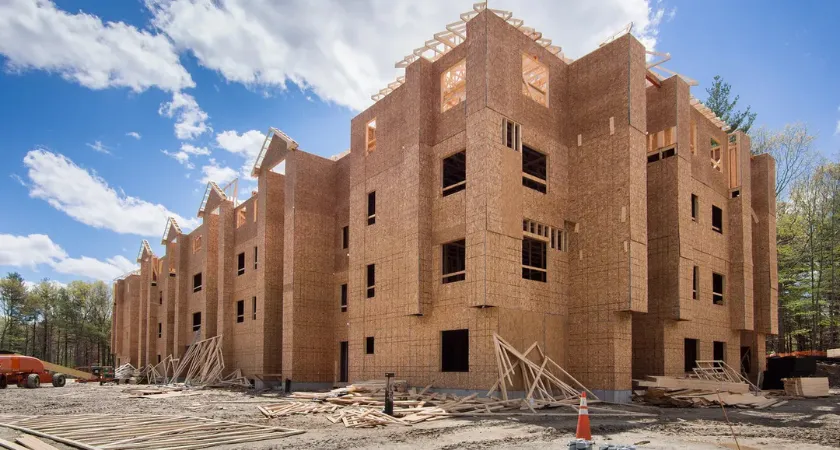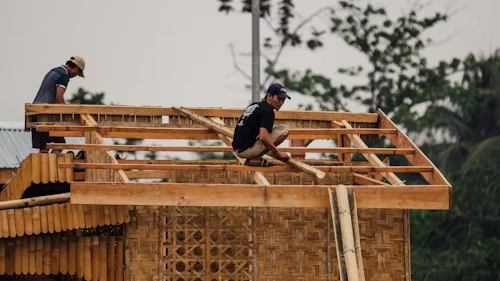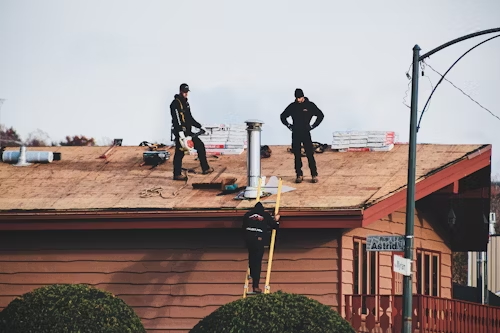
Multifamily housing starts surged in July, according to new federal data — but industry analysts warn the numbers may not reflect reality on the ground.

The U.S. Census Bureau and HUD reported that starts for buildings with five or more units climbed 11.6% month over month and 27.4% year over year, reaching a seasonally adjusted annual rate of 470,000 units. That performance marked the second-highest number of starts for any July in four decades. Overall housing starts, including single-family, rose 12.9% year over year to 1.4 million.
“This follows the Census reporting that June 2025 multifamily starts were the fifth-highest for any June since 1990,” noted rental housing economist Jay Parsons.
But many experts say the figures don’t align with what they are seeing in today’s tighter lending and construction environment. “The numbers don’t make a lot of sense,” said Jay Lybik, senior director of market research at Continental Properties.
Chris Nebenzahl, vice president of rental research at John Burns Research & Consulting, said his firm has been tracking the numbers closely. “The Census data doesn’t represent what we are seeing from our clients, third-party data providers that we subscribe to, or what our surveys are saying,” Nebenzahl explained, adding that most sources suggest multifamily starts are actually down 8% to 10% year over year.
Dallas-based Witten Advisors CEO Ryan Davis went further, calling the 42,000 total multifamily starts in July “laughable.” He said equity for new development stalled after April’s federal tariff announcements, and that uncertainty has continued to weigh on financing. “Add to that tariff-driven/uncertainty pause is the fact that very few deals can pencil,” Davis said.

Parsons also pointed out that the current reported pace of construction is even higher than during the “era of record demand and cheap debt” in 2021–22. “But something has got to change because our policymakers who rely on Census data are being fed critical misinformation,” he said.
Still, others argue the Census data remains reliable. National Association of Home Builders Chief Economist Robert Dietz said the numbers are consistent with what members told him earlier this year, even if they defied expectations. He suggested growth is shifting to smaller markets, which private trackers often overlook. “Census Bureau data is the gold standard,” Dietz said. “I would need to see a lot of evidence to be convinced otherwise.”
Behind the debate is a larger issue: while reported starts appear strong, multifamily completions fell nearly 29% year over year in July, and permits for new units slipped 9.9% from June. Many developers remain cautious, squeezed by higher interest rates, rising costs, and tighter access to capital.
The conflicting data has significant implications, as policymakers, investors, and developers rely on government numbers to gauge supply, funding, and housing policy. Whether July’s spike represents a true rebound or a statistical outlier remains a central question for the multifamily sector heading into 2026.
Originally reported by Leslie Shaver in Construction Dive.